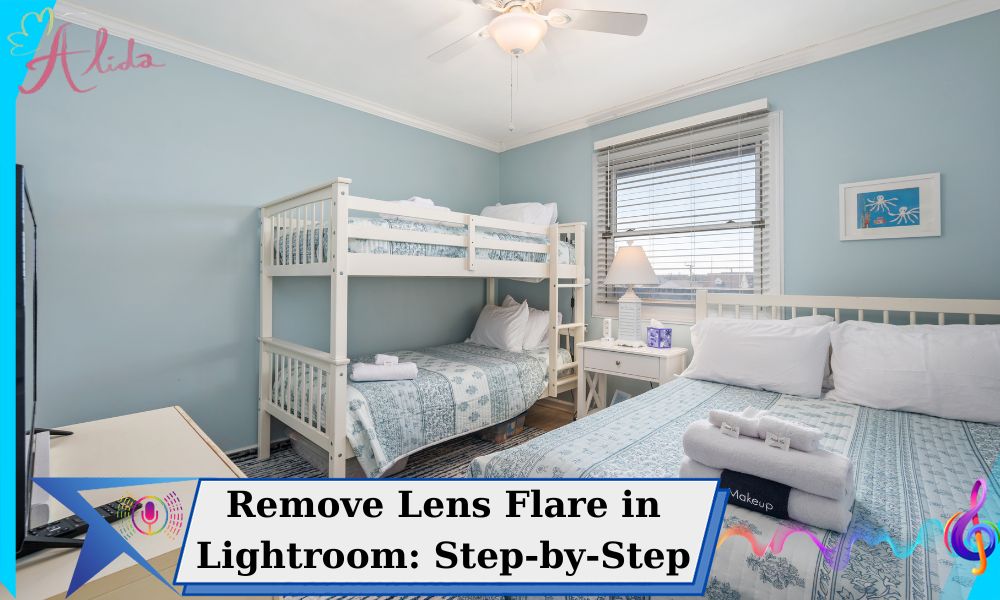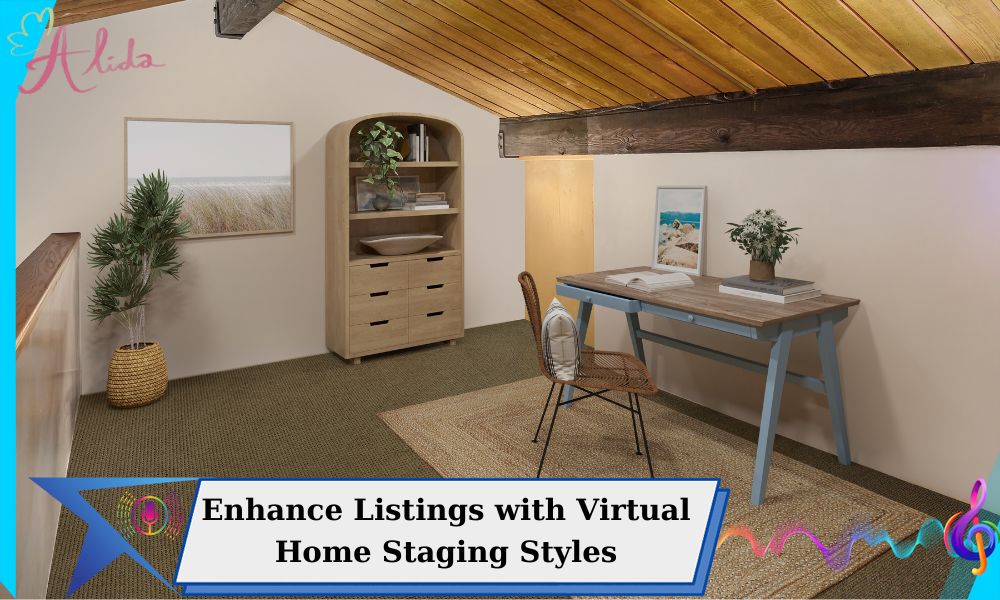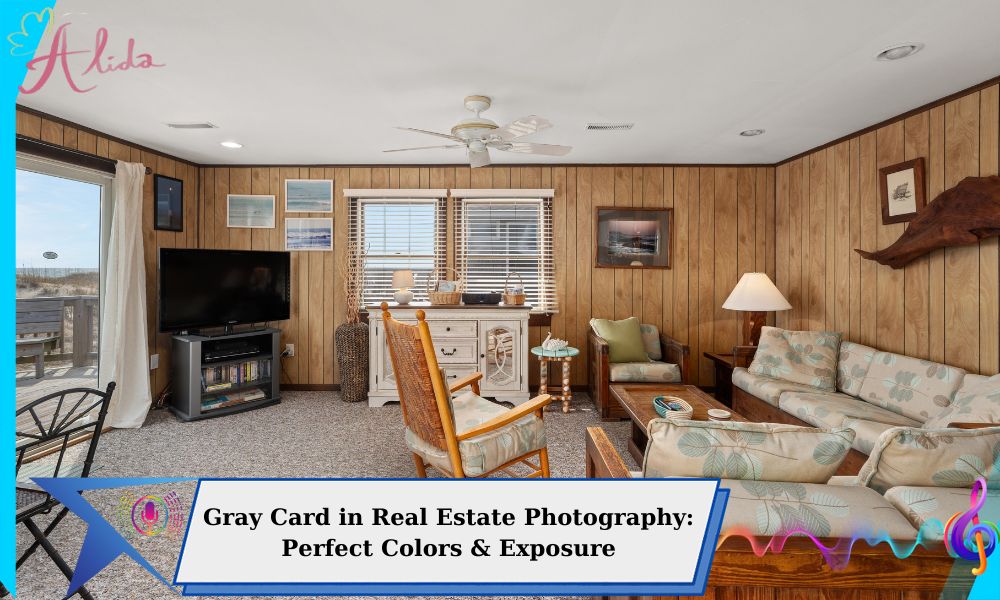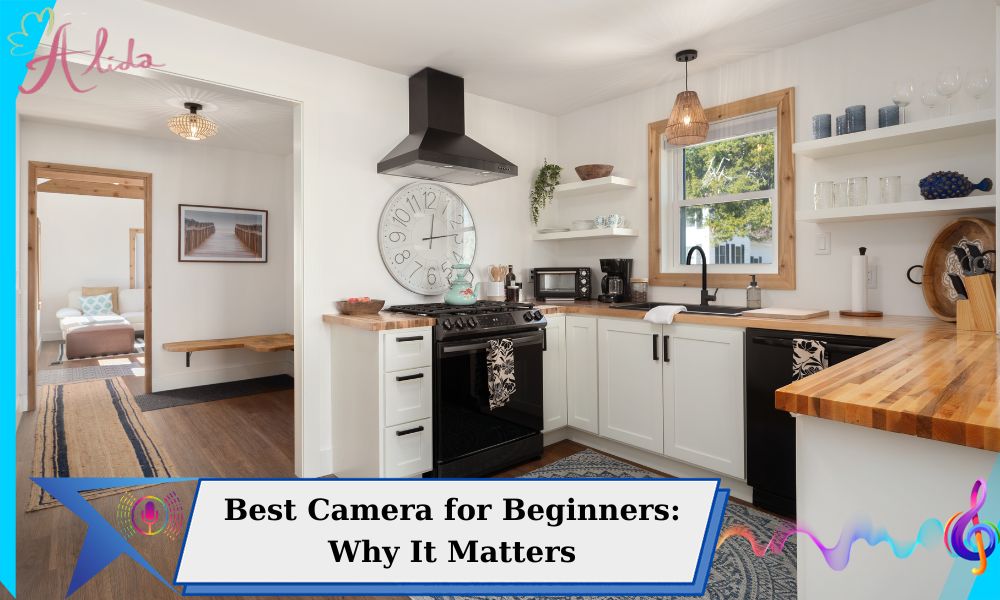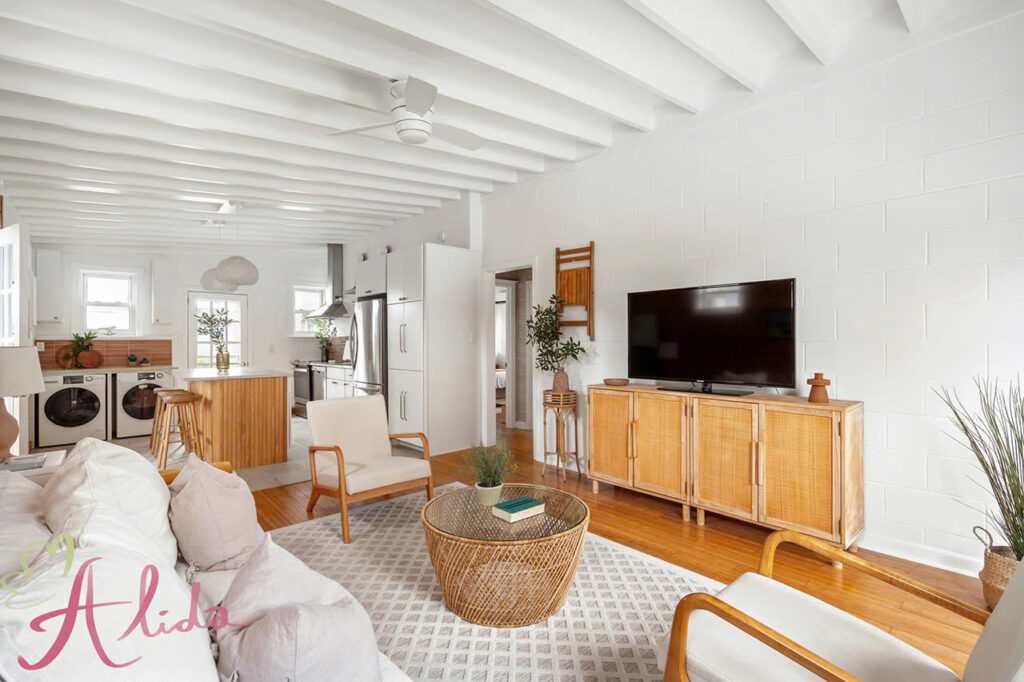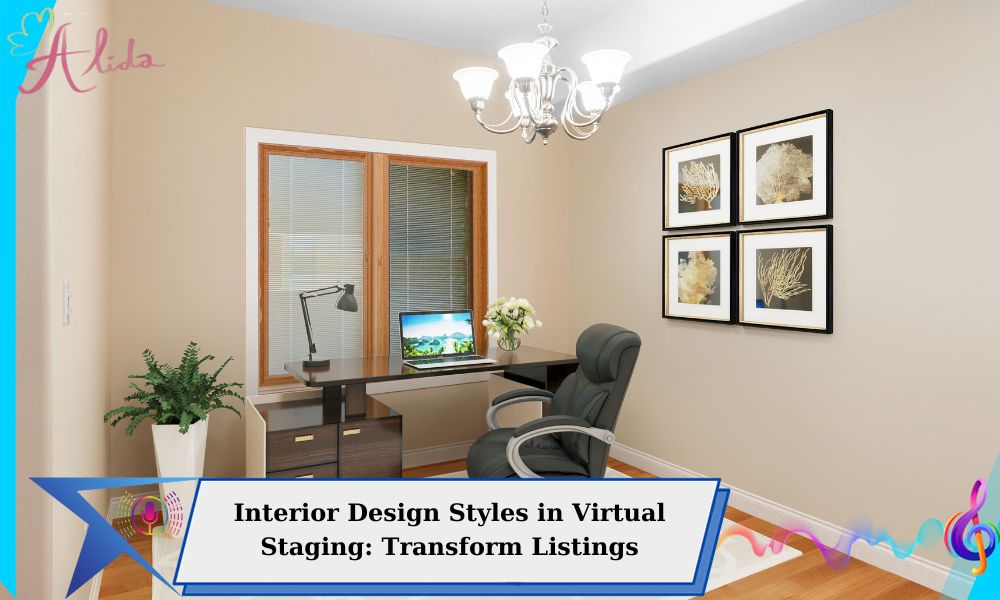In today’s competitive real estate market, effectively showcasing a property can make all the difference. Virtual staging has become a game-changing tool for agents and homeowners, offering an affordable, flexible solution to highlight a property’s potential. By utilizing digital software to add furniture and decor, virtual staging creates a polished and inviting look, eliminating the need for physical furniture. This approach not only saves costs but also provides quicker results, making it the go-to option for modern real estate marketing. Explore how various interior design styles can enhance your listings.
What is Virtual Staging?
Virtual staging is the process of digitally enhancing a property photo by adding furniture, artwork, and decor elements to empty or outdated spaces. Unlike traditional staging, which requires physical furniture and professional movers, virtual staging is done through software. It offers several advantages:
- Cost-Efficiency: Virtual staging is significantly cheaper than traditional staging, as there are no furniture rentals or moving costs.
- Convenience: The staging process can be completed quickly, often within a few days, compared to the weeks required for traditional staging.
- Versatility: Virtual staging allows for easy experimentation with different styles, making it easier to appeal to a broader range of potential buyers.
Popular Virtual Staging Styles
Different virtual staging styles cater to various tastes and preferences. Here are some of the most popular styles used in virtual home staging:
- Traditional Style: This style evokes a sense of warmth and timelessness, often featuring rich wood tones, comfortable furniture, and classic designs. It’s perfect for homes looking to attract buyers who appreciate traditional, cozy living spaces.
- Modern Style: With its clean lines, minimalistic furniture, and neutral tones, the modern style appeals to buyers who prefer sleek and contemporary aesthetics. This style is perfect for apartments or homes with an open, airy layout.
- Contemporary Style: Focusing on the latest trends, contemporary staging incorporates bold colors, geometric patterns, and open spaces. This style is ideal for those seeking a vibrant and up-to-date look.
- Transitional Style: A blend of traditional and modern elements, this style combines comfort with clean, simple designs. It’s a great choice for homes that need to feel both stylish and inviting.
- Luxury Style: Luxury virtual staging features high-end furniture, sophisticated artwork, and exquisite decor. This style aims to create a lavish ambiance, appealing to buyers seeking upscale properties.
- Scandinavian Style: Known for its simplicity and functionality, Scandinavian design uses light colors, natural materials, and minimalist furniture. It’s a perfect style for smaller spaces or those with a focus on sustainable living.
- Bohemian Style: With its eclectic mix of bold patterns, vintage furniture, and rich textures, the boho style is ideal for creative or artistic homes. It creates a relaxed, free-spirited vibe.
- Industrial Style: Industrial virtual staging showcases raw materials like metal, exposed brick, and reclaimed wood. It’s perfect for urban lofts or homes with a contemporary, edgy appeal.
- Mid-Century Modern Style: This style brings retro vibes back to life, with iconic furniture pieces and clean lines. It works well for homes that have a history or retro architectural features.
Choosing the Right Interior Design Styles for Virtual Staging
When selecting a staging style for your property, consider the following factors:
- Target Audience: Tailor your staging style to the preferences of your potential buyers. For example, younger buyers may prefer modern or industrial styles, while families may be drawn to traditional or transitional looks.
- Design Consistency: Ensure that the style you choose complements the architecture and layout of the home. A well-coordinated design creates a seamless visual flow throughout the space.
- Material and Color Choices: Different staging styles require different materials and colors. Ensure that the colors, textures, and furniture choices enhance the overall mood you want to convey.
How Interior Design Styles in Virtual Staging Influence Real Estate Sales
Virtual Staging: A Game-Changer in the Real Estate Market Homes staged virtually tend to sell faster and for higher prices. Studies show that listings with high-quality staging photos receive more attention online and generate greater interest from buyers. Additionally, virtual staging allows agents to show a home in multiple styles, helping buyers envision the space in ways that might not have been possible with bare photos.
Real estate listings with virtual staging are also more likely to be shared on social media, increasing visibility. Whether used on websites, in listing photos, or for promotional materials, virtual staging helps properties stand out in a crowded marketplace.
Conclusion:
Virtual staging is an innovative solution that can transform a property listing, making it more attractive to potential buyers without the high costs and hassle of traditional staging. By using different interior design styles, you can tailor the look of a home to suit various buyer preferences, boosting its market appeal.
For those looking to enhance their property listings further, consider working with a professional virtual staging service. Alida offers expert image editing services that bring out the best in your property photos. For inquiries, please contact us via email at photonews121@gmail.com. Let us help you make your real estate listings shine!

